More than 600 eels passed through the innovative eelway design structure in spring 2023
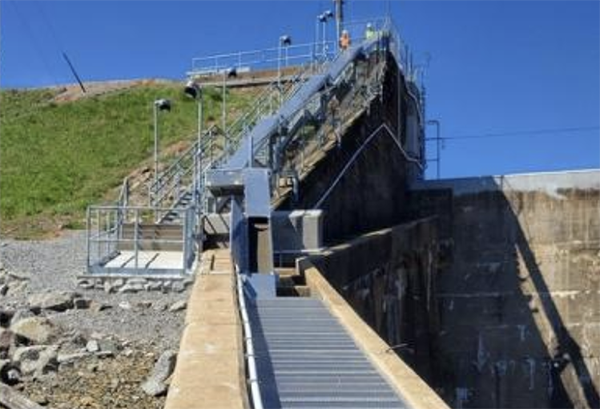
According to NOAA Fisheries, updates at the Blewett Falls Hydroelectric Project now allow American eel and other fish species to access previously blocked upstream riverine habitat.
In 2015, the Federal Energy Regulatory Commission issued a new license to Duke Energy to operate the Yadkin-Pee Dee Project. Through the relicensing process as part of the Federal Power Act, NOAA Fisheries and partners requested fish passage at both the Blewett Falls and Tillery Projects.
NOAA and the Federal Energy Regulatory Commission have been working with Duke Energy on major upgrades to fish passage facilities along hydropower dams in North Carolina. These upgrades are reopening access to hundreds of miles of upstream spawning and rearing habitat for American eel, American shad and blueback herring.
At Blewett Falls, the original dam builders had created a fish ladder, but it was non-functional due to an ineffective design. There were no fish passage structures at Tillery. Through coordination with NOAA Fisheries and partners, Duke Energy began work on fish passage and facility upgrades in 2020.
Instead of attempting to wend their way up an open concrete fish ladder, the eels now move 95 feet up a custom-designed stainless-steel enclosure. The redesign features an attraction flow, or a stream of water with a set speed and turbulence, which draws the eels in.
To further entice the eels, the attraction flow contains the scent of eels that have already navigated the eelway. The eels move up the enclosure and land in a collection barrel. From there, staff truck them to a secluded cove in a reservoir above the dam and release them into the 1,000 miles of newly reopened habitat. The eelway became fully operational in March 2023, and that spring, more than 600 eels passed through the structure.
Can dam removal actually restore fish populations in U.S. rivers?
Fish passage efforts are also underway for other species, such as American shad, blueback herring and striped bass. These fish travel upriver to spawn in the spring when high stream flows tend to occur. To facilitate this migration, dam operators installed inflatable gates across the length of Blewett Falls Dam to control downstream flows. Unlike the previous gate design, inflatable gates allow for more controlled spills during high flows, lower reservoir level fluctuations, and fewer drawdowns of the reservoir for repairs during the year. A newly cut notch in the dam also allows passage for downstream migrating fish.
Additionally, Duke Energy and NOAA biologists monitored the movements of adult American shad in the river for eight years. This information helped them to determine that the best place to build a trap and transport area to later move the fish upriver was in the Blewett Falls tailrace near the powerhouse.
Construction has been ongoing since 2021 and Duke Energy expects the facility to be completed by fall of 2024. After a testing period later that year, it should be fully operational in 2025. Duke Energy will then begin moving adult American shad and blueback herring from the trap and transport area into the reservoir above the dam. This will allow them to continue their upriver migration. Once fish passage improvements are complete at the Blewett Falls Project, partners will begin work on measures for the Tillery Project.
Read more about the initiative here.
Now that you've reached the end of the article ...
… please consider supporting GSA’s mission to advance responsible seafood practices through education, advocacy and third-party assurances. The Advocate aims to document the evolution of responsible seafood practices and share the expansive knowledge of our vast network of contributors.
By becoming a Global Seafood Alliance member, you’re ensuring that all of the pre-competitive work we do through member benefits, resources and events can continue. Individual membership costs just $50 a year.
Not a GSA member? Join us.
Author
Tagged With
Related Posts
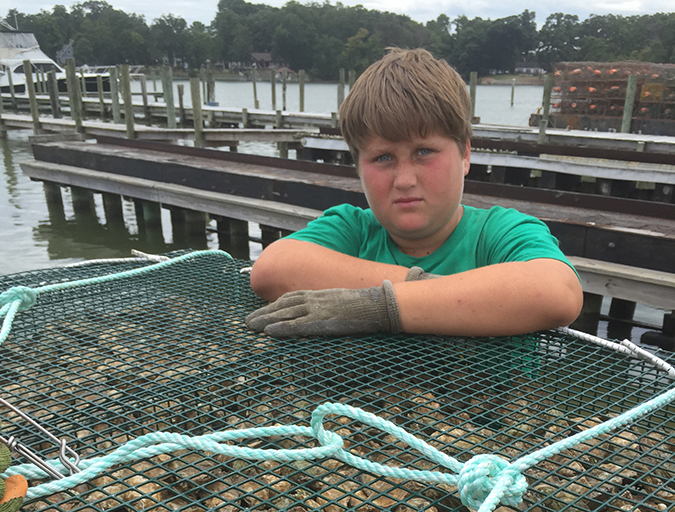
Responsibility
Ailing waterways hail the oyster’s return
The Lower Hudson Estuary and Chesapeake Bay, two waterways once home to thriving oyster beds, would welcome the shellfish’s return. Aquaculture initiatives in both areas aim to reinvigorate the water and the communities they support.
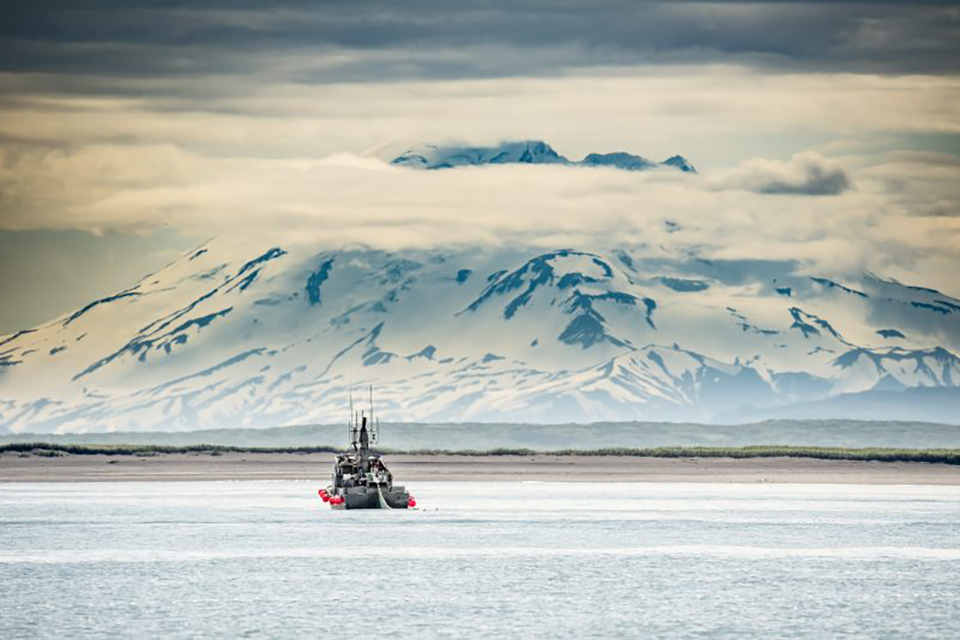
Fisheries
Even with Pebble Mine dead in the water, mining-fishing collisions may be inevitable
Mining can degrade water quality and impact fisheries, but some consider the Pebble Mine in Alaska as necessary for the metals for green tech.
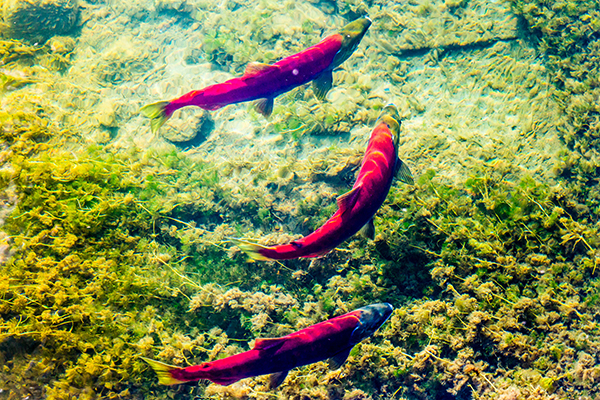
Fisheries
Mining poses greater threats to salmon than impact assessments show, scientists say
A new study shows that impact assessments don’t fully capture the environmental risks of mining to salmonid-bearing watersheds.
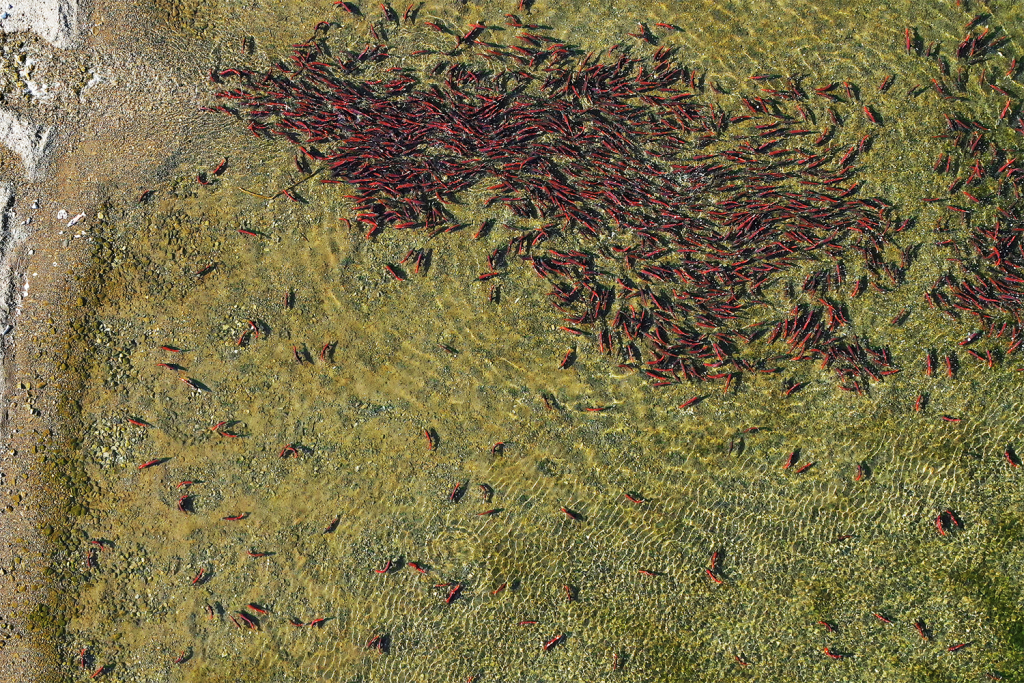
Fisheries
As Yukon Chinook salmon populations decline, researchers turn to technology for answers
Using drones, researchers seek to better understand where, along an almost 2,000-mile migratory route, things go wrong for Chinook salmon.



